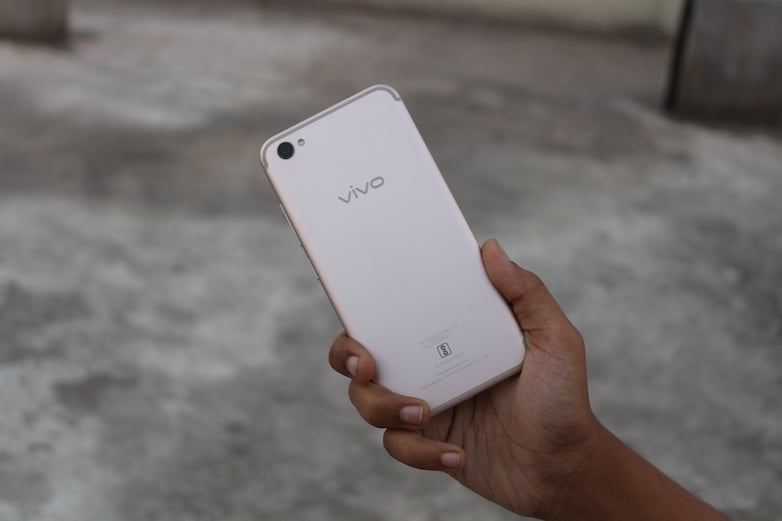IC Insights has released a report on the global smartphone shipment, which revealed several insights and latest outlooks on the smartphone, automotive, PC/tablet and Internet of Things markets. In the report, the research firm showed a final 2016 ranking of the top smartphone leaders in terms of unit shipments.

As shown in the image below, seven of the top 10, and 10 of the top 14 companies are headquartered in China with two South Korean (Samsung and LG) and one U.S. (Apple) and one Taiwanese company (Asus) making up the remainder of the companies listed. It is interesting to note that Oppo and Vivo, the two fastest growing smartphone suppliers on the list last year with each company growing almost 90 percent, are owned by the same China-based parent company—BBK Electronics.
Samsung and Apple dominated the smartphone market from 2014 through 2016. In total, these two companies shipped 555 million smartphones and held a combined 39 percent share of the total smartphone market in 2015. Although these two companies still shipped over one-half billion smartphones (526 million) in 2016, their combined smartphone unit market share dropped four percentage points to 35 percent at the end of 2016.
Samsung’s total smartphone unit sales were down by 4 percent in 2016 to 311 million units, a weak showing in an entire smartphone market that grew by 4 percent. With orders sagging by Apple’s pre-iPhone 7 smartphones (the iPhone 7 was first released on September 7, 2016), Apple’s total smartphone shipments dropped by 7 percent in 2016, much worse than the overall 4 percent growth rate exhibited by the worldwide smartphone market.
Although Samsung and Apple still hold a substantial share of the high-end smartphone segment (>$200), it appears that both companies are losing smartphone market share to the Chinese vendors like Huawei, Oppo, and Vivo.

"Overall, there was very little “middle ground” with regard to smartphone shipment growth rates among the top 14 suppliers in 2016," says the report. As shown, seven of the top 14 companies registered declines in 2016 shipments while five companies logged 25 percent or better increases.
In fact, four Chinese smartphone suppliers’ shipments surged by greater than 30 percent (Vivo, Oppo, Gionee, and Huawei) in 2016. LeEco, which only began shipping its smartphone handsets in 2015, became Coolpad’s largest shareholder in October 2016. As a result, IC Insights combined the two companies’ smartphone sales for 2015 and 2016. Also, Lenovo has seen a drop of 28 percent smartphone shipments, especially due to the failure of the strategy of ZUK and Motorola combination.
In 2014, Japan-based Sony was ranked 10th in smartphone shipments with sales of 40.0 million handsets a year. However, in 2016, Sony’s shipments of smartphones had dropped significantly to only 15.1 million (with sales expected to increase only slightly in 2017 to about 16 million). In contrast to the weakening fortunes of Sony, 2015-2016 smartphone sales from most of the top China-based suppliers surged. In fact, Huawei, the third largest smartphone producer in 2016, has set its sights on surpassing Apple within the next five years.
Overall, ten of the top 14 smartphone suppliers that are based in China shipped a total of 587 million smartphones in 2016, which is a 15 percent increase from the 511 million smartphones shipped by the ten companies in 2015.
As a result, the top 10 Chinese smartphone suppliers together held a 39 percent share of the worldwide smartphone market in 2016, up three points from the 36 percent share these companies held in 2015 and seven points better than the 32 percent combined share these companies held in 2014.















